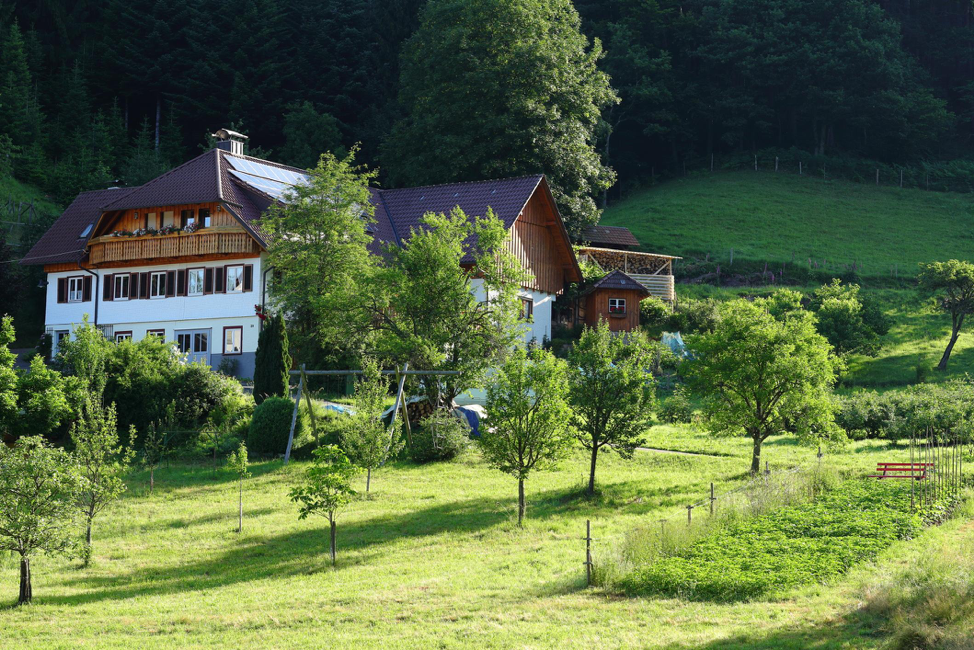As a homestead owner, it’s important to keep your property well maintained and taken care of. One incredibly important thing you should consider when building or remodeling your homestead is protecting it against earthquakes. Many people may not realize that besides California, there are a few lesser-known areas in the United States that are located near dangerous earthquake fault zones. These faults have the potential to be just as dangerous as the San Andreas Fault. Here are some ways you can protect your property against an earthquake so you can keep yourself and your animals safe.
Know Your Risk
Earthquake risk is defined as the probability of structure damage, injuries or loss of life in a particular earthquake zone. This should not be confused with an earthquake hazard, which is things that are associated with an earthquake, such as surface faulting, landslides, tsunamis, and liquefaction. There are three primary factors that determine earthquake risks: the intensity of the earthquake hazard, the population and the number of structures that are subjected to the hazards and the vulnerability of the population and structures. There have been deadly earthquakes every year somewhere in the world, but no earthquake-related deaths in the U.S. since 2003. The last mass-casualty event was the 1994 Northridge quake in Los Angeles, which resulted in around sixty deaths. You can find out the specific risks and hazards for your area by checking an earthquake map. The level of shaking from an earthquake is the strongest predictor of potential damage. The number of shakes from an earthquake in a particular area will depend on its size, soil type, and bedrock type.
Reinforcing Your Home
There are several steps you can take to protect your home against an earthquake:
- Gas appliances should be fitted with flexible lines or a main gas shut-off valve.
- Water heaters should be firmly secured to the wall or foundation.
- Bookcases and cabinets should be secured to the wall or floor, and secure the doors or drawers on furniture such as cabinets or dressers.
- Any large items should be placed at the lowest level and secured.
- Computers and small appliances should be anchored to a desk or table.
- Hanging items, such as fans, lights, and suspended ceilings, should be secured to the ceiling or a wall.
- A safety film to prevent shattering should be applied to all windows and glass doors.
- All large appliances should be secured to a permanent structure with cables or straps. Any wheels on these appliances should be locked or chocked.
- Your home should be secured to the foundation with additional steel plates or anchor bolts.
- The inside cripple wall should be braced with sheathing.
- Brace chimneys and concrete walls.
Reinforcing Your Barn
You can protect your barn and other outside structures from earthquakes by doing the following:
- Make any necessary repairs to existing damaged or weakened areas.
- Install steel frames, anchor bolts, or plywood panels to the walls and primary structure.
- Anchor any heavy equipment or tools to the walls, tables, or floor.
- Secure any hanging lights or items to a wall or primary structure.
- Firmly fasten anchor sill plates to the foundation.
- Apply a shatterproof film to glass windows.
Earthquake-Proof Buildings
While no building can be designed to withstand a severe earthquake, engineers have come up with techniques to minimize damage to structures during a modest or strong earthquake. Normally, most buildings are designed with a vertical load in mind to support the roof and walls. Earthquakes present a problem for these structures because they shift laterally. To counter this, earthquake-proof buildings are designed with ties that connect the roof, walls, and floor to form a rigid box that resists sideways motion.
Earthquakes have the potential to cause catastrophic damage. For the safety of your family and your animals, protecting your homestead from this kind of damage is key. For this reason, it is very important to know the risks and reinforce your home and other property.
If you’re looking to make your homestead more green in addition to earthquake-proofing it, check out these tips!



0 comments